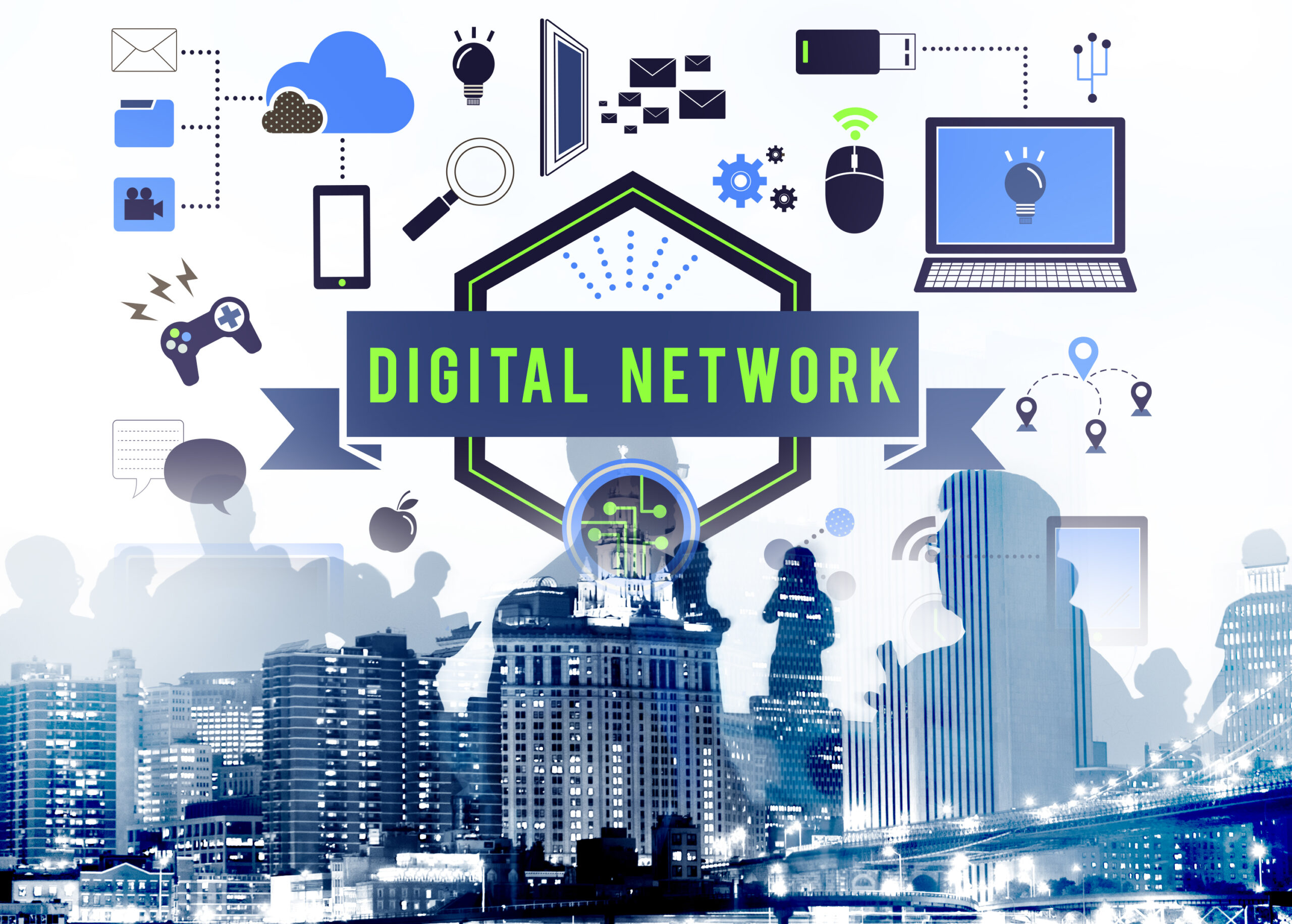How Technology is Transforming the Media Industry
The media industry is experiencing a profound transformation driven by rapid advancements in technology. From digital publishing and streaming services to social media and artificial intelligence (AI), technology is reshaping how information is created, distributed, and consumed. Let’s delve into the ways technology is revolutionizing the media landscape and shaping its future.
Digital Publishing and Content Distribution
Technology has democratized content creation and distribution, empowering individuals and organizations to reach global audiences instantaneously.
Online News Platforms
Online news platforms, such as BBC News and The New York Times, deliver real-time updates and multimedia content to readers worldwide. Digital publishing enables journalists to report breaking news, produce in-depth articles, and engage audiences through interactive features and multimedia storytelling. Digital-first strategies optimize content delivery, enhance reader engagement, and adapt to evolving consumer preferences in an increasingly connected world.
Streaming Services and On-Demand Content
Streaming services like Netflix, Amazon Prime Video, and Spotify provide on-demand access to movies, TV shows, music, and podcasts. These platforms leverage cloud technology to deliver personalized content recommendations, high-definition streaming, and offline playback across devices. Subscription models and ad-supported tiers offer consumers flexibility, convenience, and choice in consuming media anytime, anywhere. Streaming technologies disrupt traditional broadcast models, redefine entertainment consumption habits, and drive global market expansion.
Social Media and Audience Engagement
Social media platforms, such as Facebook, Instagram, and Twitter, amplify content distribution, foster community engagement, and influence public discourse.
Social Media Marketing and Influencer Campaigns
Social media marketing strategies leverage targeted ads, sponsored posts, and influencer collaborations to reach diverse demographics and enhance brand visibility. Influencers engage followers through authentic content, product endorsements, and interactive storytelling, driving brand awareness and consumer loyalty. Social listening tools analyze audience feedback, monitor trends, and inform content strategies to optimize engagement and strengthen brand reputation in competitive markets.
User-Generated Content and Citizen Journalism
User-generated content (UGC) platforms, like YouTube and TikTok, empower individuals to create, share, and monetize multimedia content. Citizen journalists report events, share eyewitness accounts, and amplify community voices through digital platforms. UGC fosters participatory media experiences, promotes diverse perspectives, and challenges traditional media narratives. Technology enables content moderation, copyright protection, and community guidelines to ensure ethical standards and user safety in digital content ecosystems.
Artificial Intelligence and Personalized Experiences
Artificial Intelligence (AI) technologies enhance media personalization, content discovery, and audience engagement through data-driven insights and automation.
AI-Powered Recommendations and Content Curation
AI algorithms analyze user preferences, consumption patterns, and behavioral data to deliver personalized content recommendations on streaming platforms, news aggregators, and social media feeds. Content curation tools, like Spotify’s Discover Weekly and YouTube’s Recommended Videos, anticipate user interests, diversify content discovery, and optimize engagement metrics. AI-driven insights drive audience segmentation, ad targeting, and dynamic content delivery, enhancing user satisfaction and retention in competitive digital markets.
Automated Content Production and Virtual Assistants
AI-driven tools automate content production, streamline editorial workflows, and enhance multimedia storytelling capabilities in newsrooms and media production studios. Virtual assistants, like The Associated Press’ AI news writer and Bloomberg’s Cyborg, generate real-time news updates, financial reports, and sports recaps based on structured data and natural language processing (NLP) technologies. Automated journalism complements human creativity, accelerates content delivery, and scales editorial operations to meet evolving audience demands in digital-first environments.
Data Analytics and Monetization Strategies
Data analytics platforms empower media organizations to optimize audience engagement, ad monetization, and subscription revenue models through actionable insights and performance metrics.
Audience Analytics and Behavioral Insights
Data analytics tools, such as Google Analytics and Adobe Analytics, track user interactions, measure content engagement, and identify audience preferences across digital channels. Behavioral insights inform content strategies, editorial decisions, and marketing campaigns to maximize audience reach and retention. Predictive analytics models forecast audience behaviors, ad inventory demands, and revenue opportunities to drive sustainable growth and profitability in competitive media markets.
Subscription Services and Paywall Strategies
Subscription services, like The New York Times’ digital subscription and The Economist’s paywall model, offer premium content access, exclusive features, and personalized user experiences. Subscription strategies prioritize subscriber retention, acquisition campaigns, and membership benefits to build loyal audiences and diversify revenue streams. Dynamic paywall configurations, metered access plans, and subscriber engagement initiatives optimize content monetization strategies and sustain quality journalism in digital ecosystems.
Future Trends and Innovations
As technology continues to evolve, emerging trends like augmented reality (AR), virtual reality (VR), blockchain, and 5G connectivity will shape the future of media innovation and consumer experiences.
Augmented Reality (AR) and Immersive Storytelling
AR technologies enhance interactive experiences, virtual tours, and branded content campaigns through augmented visuals and spatial computing. Media platforms integrate AR features, interactive advertisements, and virtual events to engage audiences, drive brand engagement, and differentiate content offerings in competitive markets.
Blockchain Technology and Digital Copyright Management
Blockchain solutions ensure transparent, secure, and decentralized digital transactions, copyright management, and content monetization in media ecosystems. Smart contracts automate licensing agreements, royalty payments, and content distribution rights, enhancing transparency, trust, and value exchange among creators, distributors, and consumers.
Conclusion
Technology is transforming the media industry by revolutionizing digital publishing, content distribution, audience engagement, and monetization strategies. From AI-driven recommendations and social media influence to data analytics and emerging innovations, technological advancements empower media organizations to innovate, adapt to changing consumer behaviors, and redefine storytelling in a digital age.
By embracing technological innovations and digital solutions, media professionals can navigate competitive landscapes, deliver personalized experiences, and sustain growth in an interconnected world. As technology evolves, media industry stakeholders will continue to leverage AI, data analytics, and immersive technologies to drive innovation, enhance operational efficiency, and shape the future of media consumption and communication worldwide.






